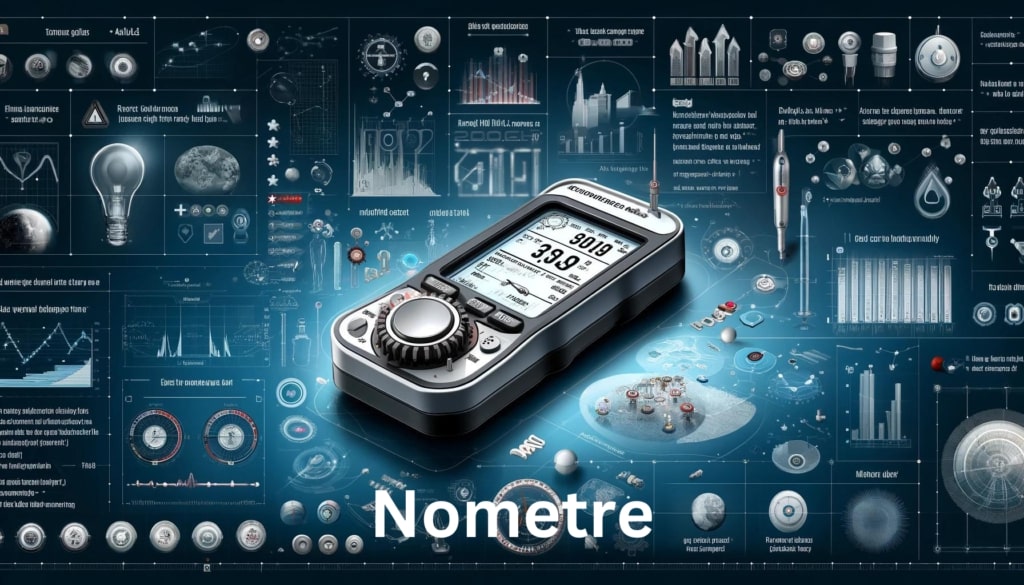Introduction
Measuring instruments Nometre, also know as gauges, are tools use to measure physical quantities such as length, volume, temperature, pressure, time, and more. These instruments come in various forms depending on the specific measurement they are design to perform. Here are a few examples:
Rulers and Tape Measures
These are common tools use to measure length or distance. A ruler is typically used for shorter measurements, while a tape measure is more flexible and can measure longer distances.
Thermometers
These instruments are use to measure temperature. There are various types, including mercury thermometers, digital thermometers, and infrared thermometers, each suitable for different applications.
Pressure Gauges
These devices measure the pressure of gases or liquids. They are often used in automotive, industrial, and scientific applications to ensure that pressure levels are within safe and operational limits.
Scales and Balances
Used to measure weight or mass, scales found in various forms, from digital bathroom scales to highly sensitive laboratory balances that can measure minute quantities.
Stopwatches and Clocks
These are use to measure time. A stopwatch is used for timing events to a precise second, while clocks are more general time-measuring instruments.
Multimeters
These are electrical instruments used to measure voltage, current, and resistance. They are commonly used in electrical engineering and electronics to diagnose electrical problems.
Measuring instruments are crucial in everyday life, scientific research, industrial production, and many other fields. They provide the data necessary to ensure accuracy, safety, and efficiency in various tasks and process.
Conclusion
Nometre Measuring instruments are vital tools in a wide range of applications, from everyday activities to specialized scientific research. They ensure precision and accuracy, enabling us to perform tasks efficiently and safely. With advancements in technology, these instruments have become more sophisticated, providing enhanced capabilities and easier use. Understanding the various types of measuring instruments and their applications helps us choose the right tool for the job, ensuring reliable and accurate measurements in all situations.
FAQs
1. What are measuring instruments used for?
Nometre measuring instruments are use to determine physical quantities such as length, weight, temperature, pressure, time, and electrical properties. They provide accurate data needed for various tasks, ensuring precision in both everyday and professional applications.
2. What is the difference between a gauge and a meter?
While both gauges and meters are use to measure quantities, a “gauge” typically refers to devices that measure the size, amount, or capacity of something, like a pressure gauge. A “meter” usually indicates a device that measures time or continuous quantities, such as an electric meter or a water meter.
3. What are some common types of measuring instruments?
Common types of measuring instruments include rulers and tape measures for length, thermometers for temperature, scales and balances for weight, pressure gauges for gas or liquid pressure, and multimeters for electrical measurements.
4. How do I choose the right measuring instrument?
Choosing the right measuring instrument depends on the quantity you need to measure and the level of precision required. Consider factors such as the measurement range, resolution, accuracy, and the environment in which the instrument will be use. For example, a digital thermometer might be best for home use, while a laboratory might require a more precise mercury thermometer.


